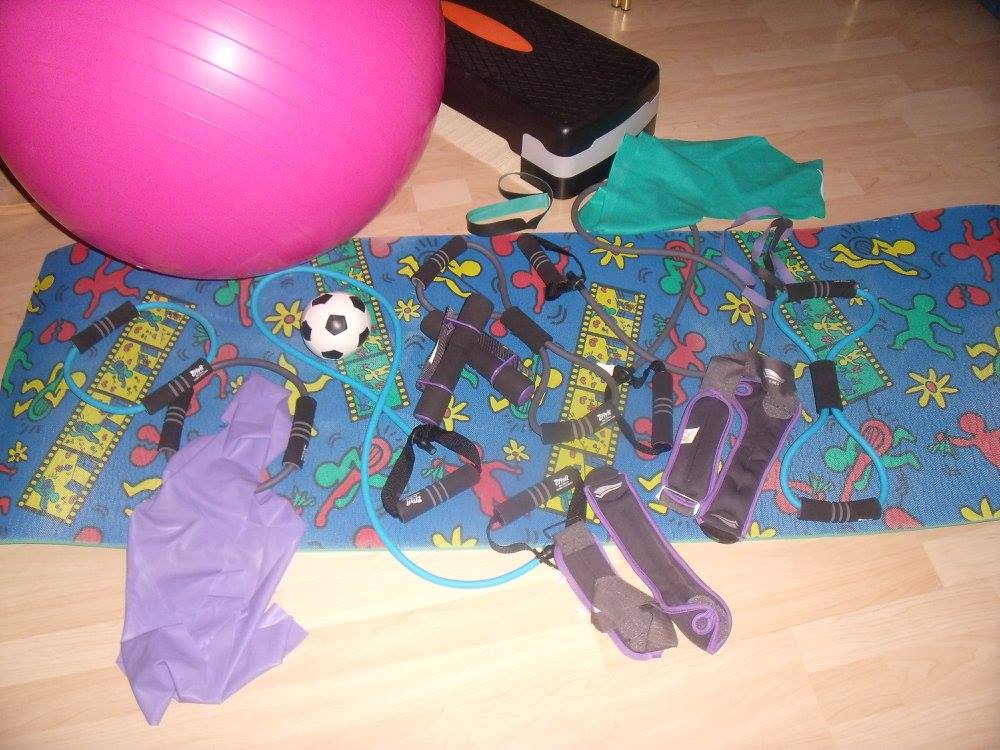What are the options for remedies and remedies for lunate malacia?
Aid for wound care after the plaster of paris / splint is off
There are several options for subsequently caring for the scar and avoiding the formation of scarred tissue beneath the actual scar. On the one hand, the scar remains supple through the use of baby oil (only after it has healed!). With the fingers of the other hand, the baby oil is applied by rotating, massaging movements while applying slight pressure in a circle (towards the scar, not away from the scar!) And at the same time loosens the potentially (possible) scar tissue underneath the outer scar and prevents larger scarring. Thus, depending on the length of the scar, there are also narrow scars, almost "permanently invisible", instead of wide unsightly ones. (Does not only apply to scars after handops)
Remedies on prescription from the hand surgeon / orthopedic surgeon / family doctor
Physiotherapy - physiotherapy
Through targeted movement exercises, the movement is restored piece by piece. But the above-mentioned scar care is also part of it. Through strength exercises with terraband, hedgehog ball, soft balls; the force is gradually returned to the operated wrist and the movement comes back - depending on the previous operation. Treatment is prescribed by the doctor. This is not pain-free, but necessary in order to be able to use the hand as much as possible again. Therapy usually begins shortly after the plaster splint has been removed or immobilized. A prescription for physiotherapy usually corresponds to 6 treatments. The statutory co-payment is specific to the health insurance company. In addition, the other hand is also trained in order to avoid unnecessary strain or, in many cases, relieve the affected hand - especially in the case of stiffening. This is essential and important, especially at the beginning, because the bottle with the screw cap is an obstacle. (Tetra packs as an alternative - but you certainly don't always want to) The last 2 sentences also apply to the following occupational therapy.
Occupational therapy - motor skills / fine motor skills
At first glance, occupational therapy is similar to physiotherapy. Here, however, more attention is paid to the motor skills of the hand than to the basic production of movement. Ergonomic aids presented, especially important for the main hand (!). Here, too, with different movement exercises tailored to the patient (for the main hand) z. For example, writing, painting and drawing are practically "newly" learned and improved. Sometimes - I am happy to admit - you feel like a small child, but the joke about it: it really helps ... A few aids can already be found under Tools in everyday life. (Anyone who would like to add to this is cordially invited - email me, and off you go ... after all, it's a "join in" page - as INTERAKTIV SELBSTHILFE also says ...). Little games - also similar click games or or or are used for this. (Make n'Break - as a "board game" is also a nice exercise ...) Here a prescription usually also applies to 6 treatments. The statutory co-payment is specific to the health insurance company.
Osteopathy - preventive during surgery and or after surgery - further conservative (= postoperative, without surgery) "healing method"
The origin of osteopathy is an American doctor named Andrew Taylor Still (1828 - 1917) The basic principle of osteopathy is "Life is movement, movement is life" In osteopathy, not only the affected part of the body but the body as a whole including the muscles and organs is identified , Vessels etc. seen. Osteopathy treats inflammations, blockages, scars, injuries or the like, which can impair the functions of the body. Likewise, performance disorders, restricted mobility, improper strain and pain. In this way, osteopathy tries to treat the causes and not the resulting damage. It is not an alternative medicine that replaces other forms of medicine, but an accompanying therapy as a mixture of conventional medicine and naturopathy. Osteopaths are specialized for this through a ten-year training and are constantly continuing their education. The contents also include three years of physiotherapy and two years of special osteopathy for children and youngsters.
The symptoms are recorded through targeted discussions and then treated with movements, massages and exercises. In this way, operations can be delayed, pain alleviated and an all-round better attitude towards life, almost a completely different quality of life, can be achieved.
Depending on the health insurance company, the costs for the treatment will be reimbursed according to the expenses. The course based on the prescription from the doctor is over a much longer period of time compared to physiotherapy and occupational therapy.







